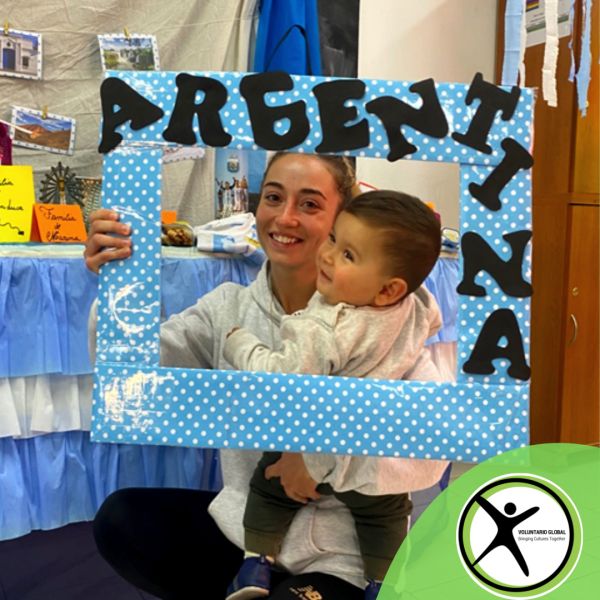The founders are now responsible for the management and running of the crèche. The nursery is housed in a two-storey building with a garden full of slides and outdoor play equipment. Each classroom is carefully decorated to make the children feel as comfortable as possible and includes a wide range of toys and activities to entertain. Each class is organised according to age: babies just a few months old, those between 1 and 2 years old and those between 2 and 3 years old or older. There are about three teachers per class for about ten or twenty children. There are also two receptionists, about five women in the kitchen and several cleaning ladies.
The food is not provided by the state, they have to buy it and they also provide medical care for the children such as vaccinations.
Let's take a very ordinary morning in the Year 1 class. The children arrive at 8am, we clear them of their belongings, apply some sort of apron to prevent them from staining their clothes as the day progresses and take them to the floor in the play area. Once everyone has arrived and is somewhat awake, we sit them down to have their bottle of milk. After that, we entertain them in every possible way for two hours with songs, music, lots of toys, etc. Then comes lunch time when each child goes through a hand washing before sitting at the table. The meal is brought into the classroom by the cooks and generally consists of a broth and then a dish with meat and either a starch or a vegetable as well as a dessert which can vary from fruit to yoghurt, etc. While the children are having lunch, the teachers put mattresses on the floor and also sheets and blankets with the children's names on them. Once the meal is over, one by one they go back to wash their hands, take off their aprons and go to bed. A cleaning lady will come by at this time to remove the remaining food left on the floor. With the help of a lullaby and caresses from the teachers, the children fall asleep for their nap. Thus ends an ordinary morning at the crèche.
However, not every day is the same as it should not be routine! Argentina is a country that celebrates many holidays, which allows the nursery to create great festivities and brighten up everyone's day. Let's take the example of a party where they celebrated all the Latin American countries but also Mother's Day. The teachers created different stands with the effigy of certain countries such as Argentina, Bolivia, Peru, Brazil, Uruguay and others. For each stand, they put up photos of the children from one of these countries, as well as Mother's Day gifts. On arrival, parents with their children were shown around the stands and then taken to a large buffet where a draw was held and each mother, one after the other, received a Mother's Day gift. However, the crèche did not only dedicate this celebration to the families but also to the other people in the neighbourhood by organising a kind of soup kitchen and distributing food to all.
Thus, this crèche, created by women who are as strong, as intelligent, as altruistic, is one of those who still need help and volunteers to enable them to carry out their project. These are people and a reality from which we have much to learn and which are worth listening to, hearing and supporting.
.





